Life of a Donor After Liver Donation: What to Expect & How to Recover
Liver transplant surgery is a life-saving procedure for patients with end-stage liver disease or acute liver failure. The procedure includes replacing a patient's organ with a healthy one from a deceased or living donor. In living donations, it is intriguing that the liver regenerates itself, making the option of partial liver transplant use possible. Accordingly, many Russian patients travel for liver transplants in India because of the advanced medical infrastructure, highly qualified surgeons, and cost-effective procedures.
Highly focusing on the recipient – Another important part of adhering to the required donor information is knowledge of the liver transplant recovery process and possibly long-term effects. Learning about the quality of life after liver donation should include aspects of physical recovery and emotional and lifestyle changes, which prospective donors must consider. Before deciding to donate, they must also understand the liver donor consequences. Continue reading this blog to learn more about the quality of life after liver donation.
What is the Living Donor Recovery Process?
Recovery from donating liver is gradual and may differ according to the person's health status. A guide to expectations at various stages is given below:
■ A Week After Surgery
This period is the most crucial week of recovery after liver transplant for the donor. Post-surgery, the donor will usually be hospitalised for 5–7 days while being observed. Common symptoms include fatigue, incision pain, and some mild digestive problems. Doctors monitor the liver's regenerative and healing processes. Early mobility is encouraged to prevent complications such as blood clots. As digestion improves, we will initially introduce a liquid diet before allowing soft foods.
■ The First Twelve Weeks
The next three months require careful management to ensure complete liver donor recovery. Fatigue for most donors and a slow return of energy levels will be witnessed—regeneration of the liver with most of its function returning within a few weeks. An adequate amount of nutrition, including amino acids and vitamins, will facilitate the healing process. Physical activity is increasingly incorporated but without a rigorous exercise regime. Periodic visits to the facility are made for the regular monitoring of liver function and general health.
■ The First Year After
By the conclusion of the first year, the majority of donors will have already recovered. The liver has been regenerated to around 80–90% of its original size. The surgical scar is also expected to fade, as well as any residual form of discomfort. There may be people who require psychological support due to further emotional changes in live donors after the surgery. Liver donor consequences such as slight discomforts in the digestive system or metabolic alterations may persist. It is also important that one leads a healthy lifestyle, including drinking enough water, eating healthy meals, and exercising regularly.
■ Five Years After
Long-term recovery is essential for maintaining overall well-being. The lifestyle of most donors, as a rule, is completely normal and devoid of major restrictions. The liver is normal and almost never causes serious problems with regard to the donor. Periodic checkups will ensure excellent liver health and overall health. Psychological well-being is, of course, critical; some donors may choose to join support groups or go into therapy. Donors may resume all normal activities, including sports and travel.
What Can I Expect After Liver Donation?
Living-donor liver surgery has significance as far as major operations are concerned, and recovery from it entails physical and emotional adjustments, with what to expect as follows:
■ Surgical Pain and Discomfort: Post-surgical pain is a fairly common occurrence but slowly fades away with time and medication.
■ Digestive Changes: Temporary digestive complaints such as bloating or irregular bowel habits have been experienced by some donors.
■ Energy Levels: While fatigue is common, most donors typically return to normal after a few months.
■ Emotional Impact: Donors can either feel fulfilled or experience anxiety or mild depression. Support from your family, and counselling can be helpful.
■ Weight and Diet: Healthy weight maintenance is important as metabolism might change slightly post-surgery.
■ Physical Activity: Light exercise is recommended as the recovery phase comes to an end; however, one should not resume heavy exercises unless medically cleared.
How to Deal with the Emotional and Psychological Impact After Liver Donation?
Liver donation as a selfless act can induce maximal satisfaction but also have emotional and psychological consequences. Some donors will feel very fulfilled by the act of saving lives, while others suffer from anxiety and stress or even mild depression after undergoing surgery. Here are certain emotional symptoms that affect the quality of life after liver transplant and methods of dealing with them:
■ Common Emotional Symptoms: Some of these donors may have certain mournful feelings, fears, or even worries about their health state.
■ Coping Mechanisms: Joining such support groups or therapy and speaking with family and friends go a long way in helping them out.
■ Well-Being in the Long Term: Mindfulness, physical fitness, and having a balanced social life are all factors that contribute to maintaining excellent emotional health.
How Long Does It Take for a Liver to Regenerate After Donation?
One of the unique characteristics of the liver is its regenerative capacity, wherein post-donation regeneration of the remaining liver tissue occurs until reaching its normal size.
- Within 7 Days: The liver regenerates soon after surgery to permit restoration of function.
- By 6 Weeks: Most of the liver regenerates with about 60-70% of the original liver size.
- By 3 Months: The liver reaches its size at about 80 to 90% of its original.
- By 1 Year: The liver is almost fully regenerated, allowing for near-normal functioning.
The liver is capable of self-renewal. However, a healthy lifestyle is needed for regeneration to happen. Be well-nourished and hydrated, and have regular checkups, as these are important for successful recovery and long-term health benefits.
Bottom Line: How is the Life of a Door After Liver Donation?
The life of a donor after liver donation comprises a carefully planned intervention with respect to physical and emotional conflicts following donation. While donors save a life, they must also be aware of their health. Although the liver donor consequences are generally mild, it is important to approach them with knowledge and foresight. The liver regenerates after a few months, and most donors can return to their normal daily activities within a year. A potential liver donor will have insight into the long-term journey of donation, helping them make an informed and confident choice. With excellent medical care and lifestyle readjustments, living donors of the liver can lead a healthy and positive life. If you’re looking for the best country for getting a liver transplant, India would come out as one of the leading ones, with affordable pricing, expert liver transplant surgeons, and internationally accredited hospitals. Not only is liver transplant in India cheaper, but it is also of really high quality with high success rates.









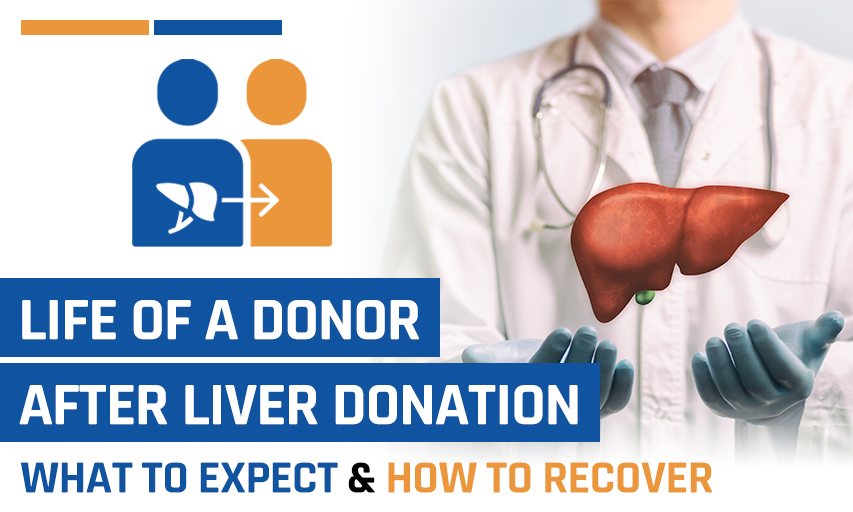



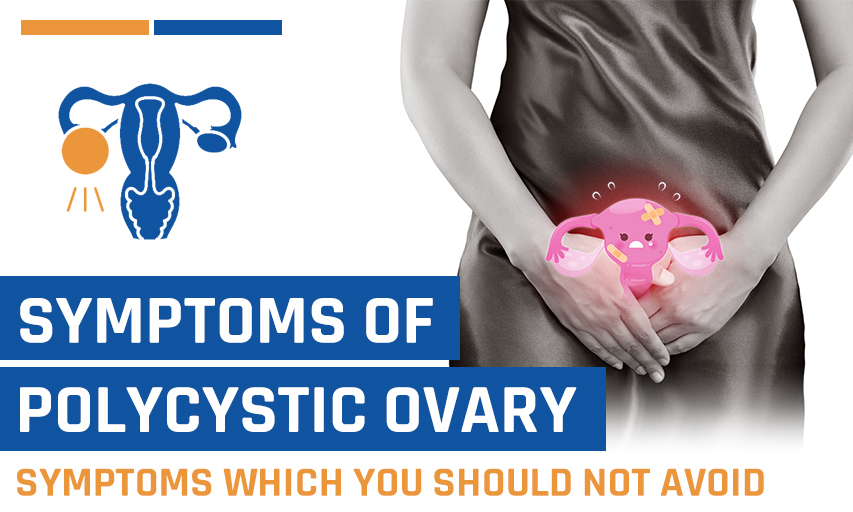

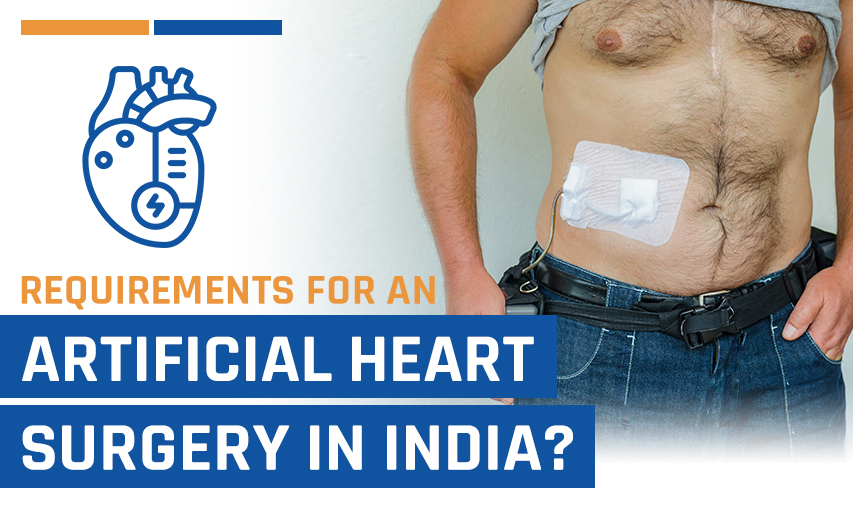
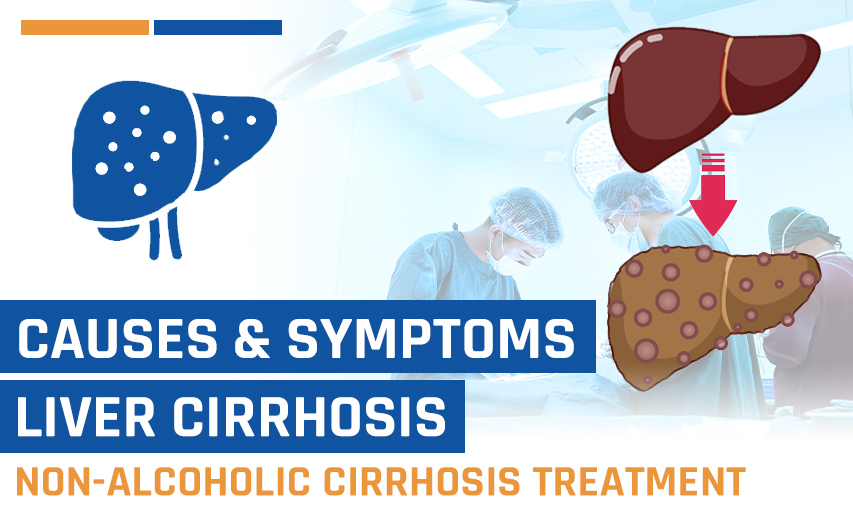
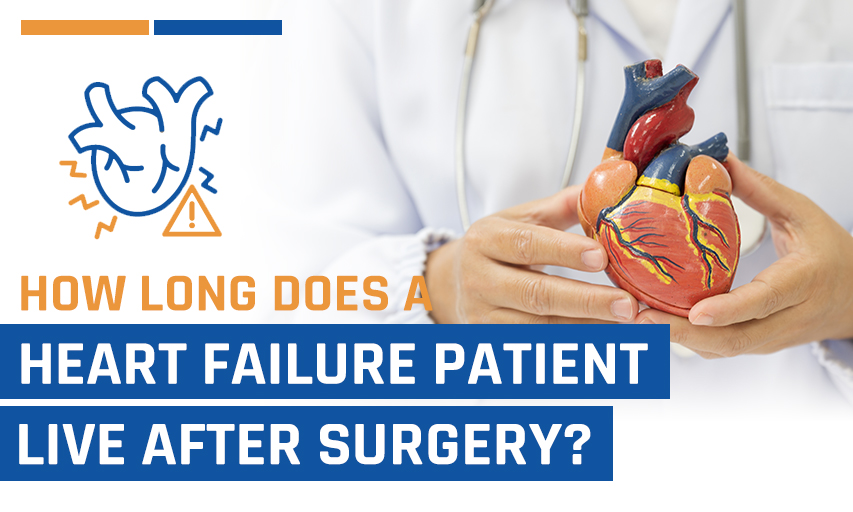


Be First To Comment
Leave a Comment